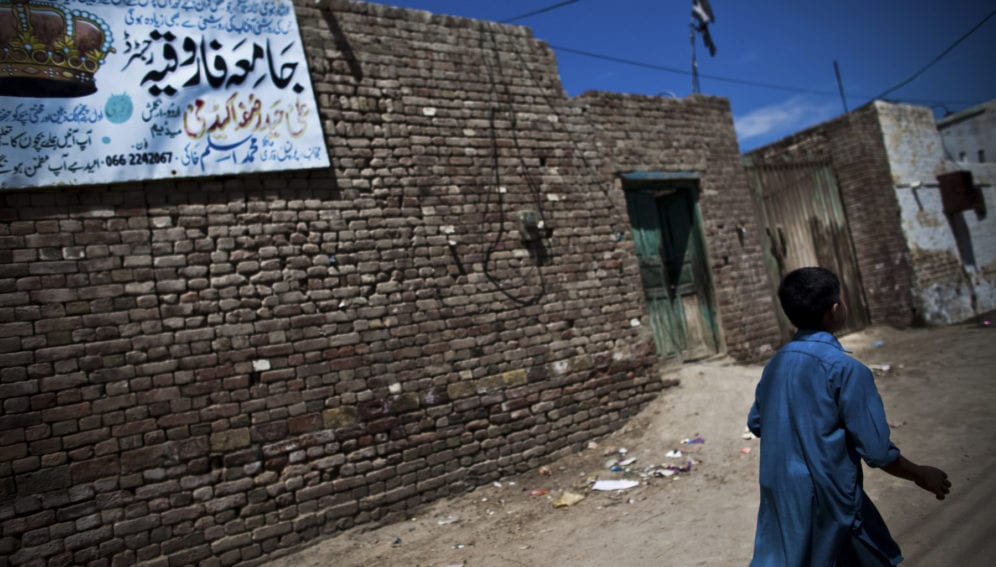By: Ashfaq Yusufzai
Send to a friend
The details you provide on this page will not be used to send unsolicited email, and will not be sold to a 3rd party. See privacy policy.
[PESHAWAR] Eradicating poliomyelitis, the crippling childhood disease, now hinges critically on a programme of adding the injectable, inactivated polio vaccine (IPV) to the existing oral polio vaccine (OPV) drives in Pakistan and Afghanistan, the last reservoirs of the wild virus.
Pakistan, which introduced IPV in August 2015, reported just nine cases of polio in the first quarter of this year. Compared to that, there were a total of 54 cases last year and 179 in 2014. Afghanistan, which introduced IPV as part of routine immunisation a month after Pakistan did, has had just two polio cases this year.
Including IPV in routine immunisation is part of a worldwide roll-out of the vaccine across 126 countries – the largest, globally coordinated vaccine introduction project in history. It is funded by the Global Polio Eradication Initiative (GPEI) via GAVI, WHO and UNICEF.
“Adding one dose of IPV to OPV is the most effective method of stopping the poliovirus as it gives an immunity boost to children,” says Emma Sykes, spokesperson for WHO. “Largescale use of IPV alongside OPV has reduced the incidence of polio by more than 99 per cent worldwide,” she tells SciDev.Net.
The drive to eradicate polio globally, begun in 1988, has resulted in stoppage of the transmission of the wild poliovirus from every country except Afghanistan and Pakistan — where Taliban militants have violently opposed vaccination.Ihtiar Ali, deputy director of Pakistan’s expanded programme on immunisation (EPI), says the figures prove the value of IPV. “In 2015, nearly half of children who developed polio had received multiple doses of OPV,” he tells SciDev.Net.
“No vaccine is 100 per cent effective. Therefore, despite receiving multiple doses a child risks polio because of inability to develop full immunity, either due to an underlying condition or because of malnutrition which can affect sero-conversion,” says Sykes.
WHO is currently focusing its Pakistan campaign on what are believed to be the last pools of the wild virus — Karachi in Sindh province and Quetta and Peshawar which are entry points into Afghanistan.
The introduction of IPV, which contains inactivated forms of poliovirus, aims to mitigate the small risk of mainly type 2 live, attenuated poliovirus in the OPV, causing vaccine-associated paralytic poliomyelitis and vaccine-derived poliovirus, according to a comment published in the March issue of The Lancet Global Health.














